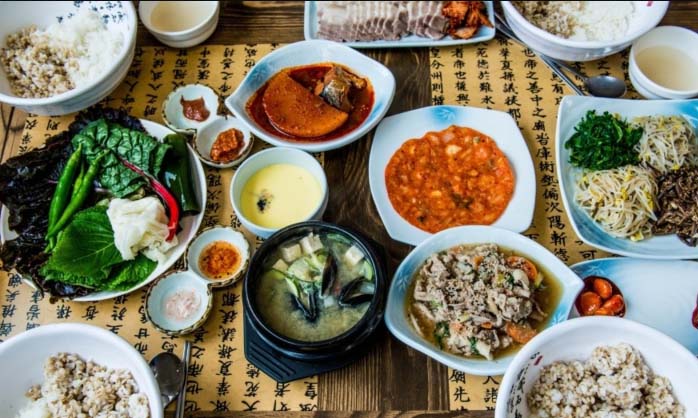Cassasse: A Rich and Delicious Food With a Story

Introduction
Cassasse, a culinary delight with a rich history, is a food that tantalizes the taste buds and tells a story of tradition and culture. This delicacy has been passed down through generations, filled with flavors that evoke memories of family gatherings and shared moments. Exploring the saga of cassasse allows us to delve into its origins, ingredients, preparation methods, and the significance it holds in various communities across the globe.
The Origins of Cassasse
1. Cassasse, also known as “cassoulet,” originated in the Languedoc region of France during the Middle Ages.
2. It was initially a peasant dish and gained popularity for its hearty and flavorful composition.
3. Over time, cassasse spread across France, reaching different regions, each adding their own unique touch to the original recipe.
Ingredients that Create Magic
1. The core ingredients of cassasse include white beans, meat (such as pork, sausages, or duck), herbs, and spices.
2. White beans are an essential component, adding a creamy texture and serving as the base of the dish.
3. Various meats are used, imparting their distinct flavors and tenderizing during the slow cooking process.
4. Herbs like thyme, rosemary, and bay leaves infuse the dish with aromatic undertones.
5. Spices like paprika, garlic, and black pepper add depth and complexity to the overall taste.
Preparation: A Labor of Love
1. The preparation of cassasse involves a harmonious combination of time, patience, and meticulous steps.
2. Soaking the beans overnight ensures their tenderness and aids in reducing cooking time.
3. The meat is typically seared before being added to the pot, contributing to the richness and enhanced flavors.
4. The slow cooking process, often lasting several hours, allows the flavors to meld and intensify, creating a symphony of tastes.
5. Throughout the cooking process, the dish is carefully monitored, ensuring the perfect balance of flavors and tenderness is achieved.
Cultural Significance of Cassasse
1. Cassasse is more than just a dish; it tells tales of cultural heritage and regional identity.
2. In France, it is considered a quintessential comfort food, served at communal gatherings and cherished family occasions.
3. In different regions, subtle variations of cassasse reflect local traditions, showcasing the diversity within the country.
4. It has become a symbol of French gastronomy, representing the authenticity and richness of the country’s culinary traditions.
International Influences and Adaptations
1. As cassasse gained global recognition, it underwent creative adaptations in different corners of the world.
2. In the United States, cassoulet became a star attraction in Southern cuisine, where it is prepared with local meats and spices.
3. In Mexico, a similar dish known as “cassola” emerged, incorporating indigenous ingredients alongside French influences.
4. Various countries, such as Spain and Brazil, also embraced cassasse, incorporating local ingredients and techniques to create their own versions.
Modern Interpretations and Culinary Innovation
1. Contemporary chefs have embraced cassasse as a canvas for culinary creativity, exploring innovative ingredients and methods.
2. Vegetarian and vegan variations now showcase the adaptability of cassasse, using plant-based proteins to recreate the savory delight.
3. Gastronomic trends have seen cassasse reinvented with seafood, game meats, and even exotic spices, adding a fresh twist to the traditional dish.
Also Read: Thestaurant – Everything You Need to Know About
Conclusion
Cassasse, with its centuries-old history and mouthwatering flavors, weaves culture, tradition, and innovation into a single culinary masterpiece. Its humble origins, diverse adaptations, and cultural significance make it a food that celebrates the stories and flavors passed down through generations. Whether enjoyed in a cozy French bistro or prepared with a modern twist in kitchens worldwide, cassasse remains an enduring symbol of the delightful culinary heritage humanity shares.



